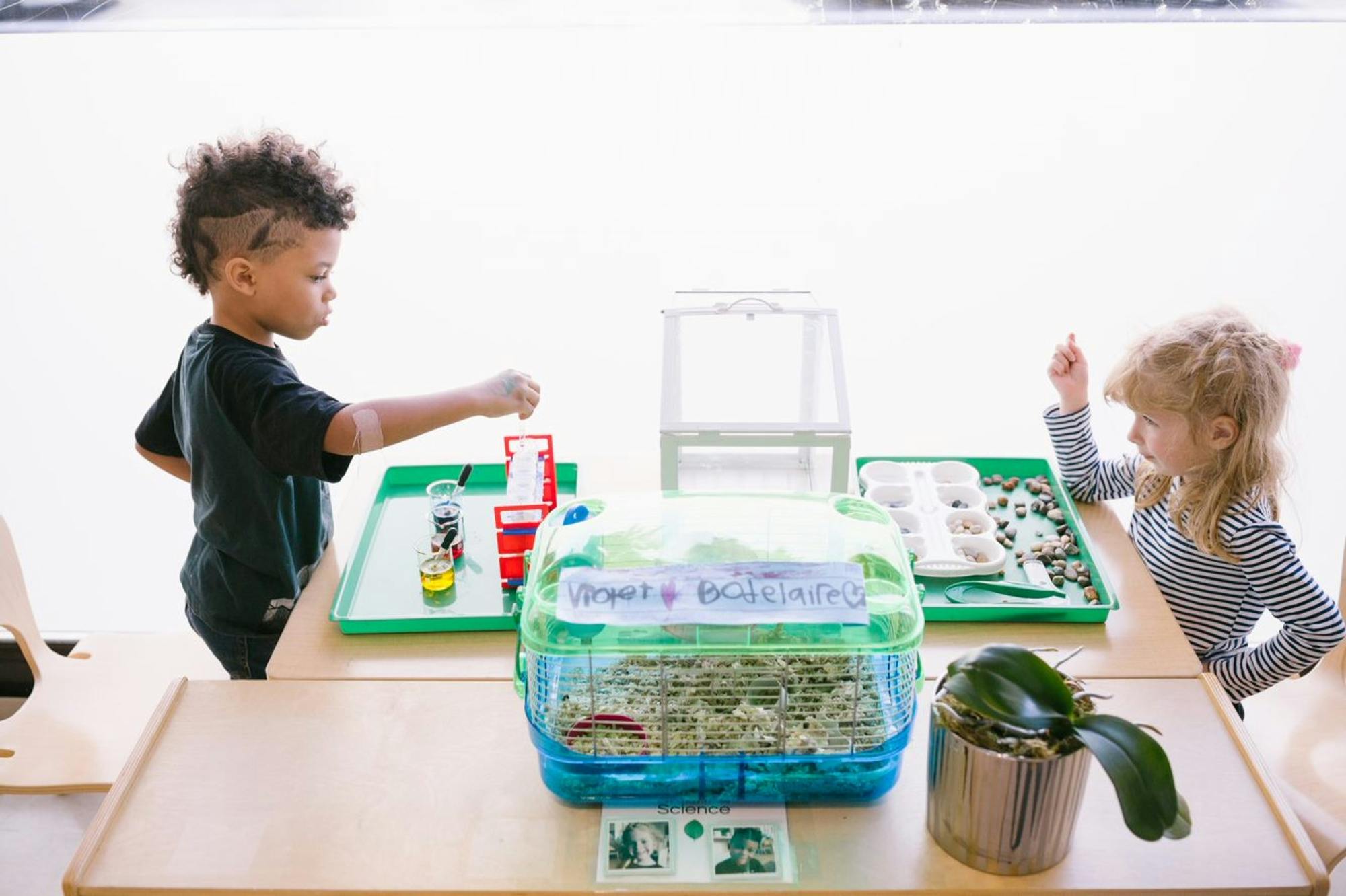In recent years, the term STEM has entered mainstream conversations, but many people still don't fully understand it. What kind of education exactly is it? Is it more conventional, alternative, or progressive? What impact will it have on the future development of education? What new challenges will it pose to teachers? Let’s explore it more and understand the principles and methods it advocates.
What is STEM?
STEM is an acronym for: Science, Technology, Engineering, and Mathematics. This term was first proposed by the National Science Foundation in 2001, however, the academic world has not yet notion of STEM education has also been expanded in many different ways. There have also been new additions to the acronym, including STEAM (A = art), STEMM (additional M = medicine), and STEAMS (S=Sociology).
The most prominent educational principle of STEM involves interdisciplinary integrated learning. In other words, the aim of STEM is to cultivate students’ ability to solve problems within and across disciplines. Consequentially, soft skills of communication, cooperation and collaboration, critical thinking, and creativity are developed as well.
What is the difference between STEM and traditional mathematics and science education?
Traditional mathematics and science education are about acquisition of knowledge, without actual application and problem-solving. STEM education is not simply a linear superposition of the four subjects, but through a variety of learning activities, it supports students in different situations to integrate, use and transfer subject knowledge and skills in different fields and further generate new ideas, methods, technologies and products.
Why has STEM education become popular in various countries in recent years?
With the rise of the Internet, digital information and technology has changed all aspects of our lives. The connections between different fields and industries have become closer, while the internal structure of industries has also been in constant flux. To remain competitive in digital and intelligence fields, countries urgently need to develop new knowledge and technical talents. This new talent pool needs to know how to acquire, collect, and evaluate information from various channels to quickly master new knowledge and skills to solve complex problems if a country hopes to remain competitive in a complex and changing world.
As a result, major developed countries have formulated policies and measures to strategically promote STEM talent training at the national level and have increased public investment in STEM education. For example, in 2012 the United States has formulated the "K-12 Science Education Framework: Practice, Interdisciplinary Concepts and Core Concepts" and "Next Generation Science Curriculum Standards." In 2006, the United Kingdom has launched STEM teacher training, established a national science learning network, established national STEM demonstration activities, and launched the National Science and Technology Competition and Higher Education STEM Program. In 2017, the Chinese Ministry of Education issued the "Compulsory Education Primary School Science Curriculum Guidelines", advocating interdisciplinary learning methods, and recommending teachers to try STEM education in their teaching practice. This is "the first definition of the Chinese version of STEM."
STEM and Montessori
"I am a Children’s House lead guide, does STEM have anything to do with me?"
If STEM is the product of a new era, then Maria Montessori's educational philosophy is undoubtedly beyond the era, because it is exactly the same as the STEM philosophy a hundred years later.
For example, in the Children’s House classroom during lunchtime, children need to work together to complete the lunch arrangement, count the number of people and the how much tableware they’ll need, plan the steps to complete the task, and discuss the division of labor. Sometimes young children have to complete the work of cooking bread together with older children. The older children use their reading ability to help the younger children read the steps of the recipe, and the younger children execute and control the amount of each ingredient in the process.
"How can I help develop STEM in my children?”
Guides should encourage students' curiosity and desire to explore, establish a cooperative learning atmosphere, help students assess situations, cultivate students' ability to use data and understand evidence, and use critical thinking to solve problems.
Particularly in the preschool years, it is necessary to promote children's scientific literacy by building basic experience in natural science, mathematics and technology, promoting the development of their fine motor skills, and guiding them to observe and understand natural phenomena in a targeted manner.
Want to learn more?
Join us on September 18, 2021 for “Developing STEM Thinking in Children,” a live panel discussion with Rahul Raghaven, Dario Cardile, Mario Valle, and Letty Rising. We’ll be exploring how to develop STEM thinking for children to prepare them for an increasingly digital and virtual future. If you would like to learn more about the event, check out our introduction video below!
References
"STEM Education Does This", edited by Wang Su and Li Zhengfu, Education Science Press
"American STEM Lesson Design (Primary School Volume)", edited by Chen Ruping, Education Science Press
"Project Teaching: Creating an Immersive Learning Experience for Students", Susie Boss, John Larmer, Renmin University of China Press
Blog written by Montessori Mentor, Chen Chen
